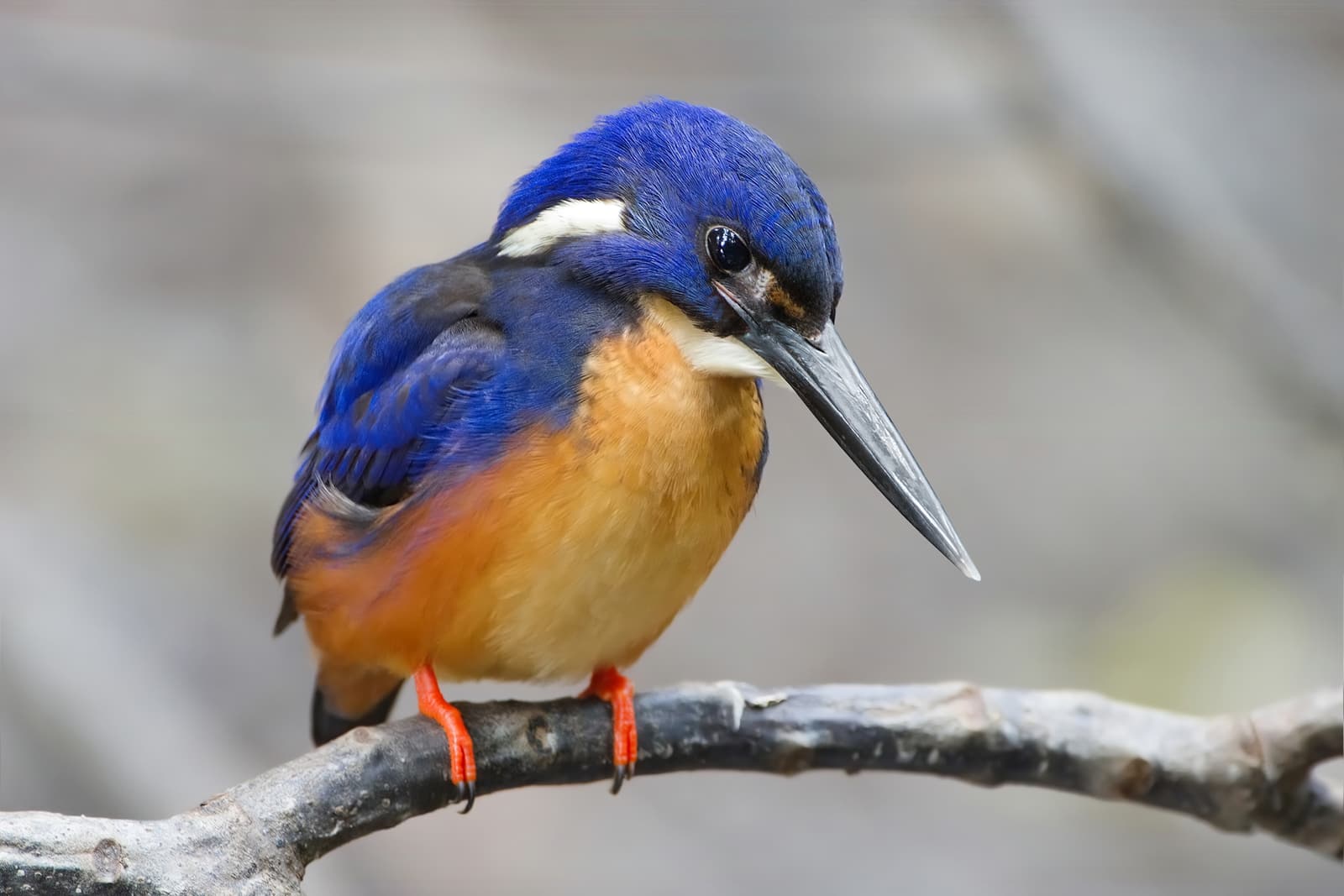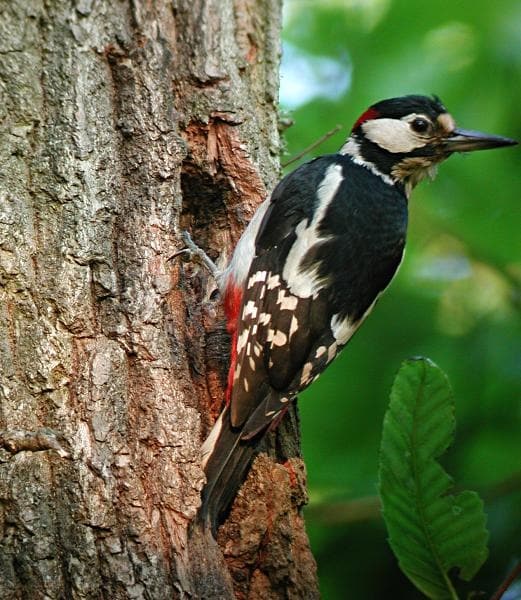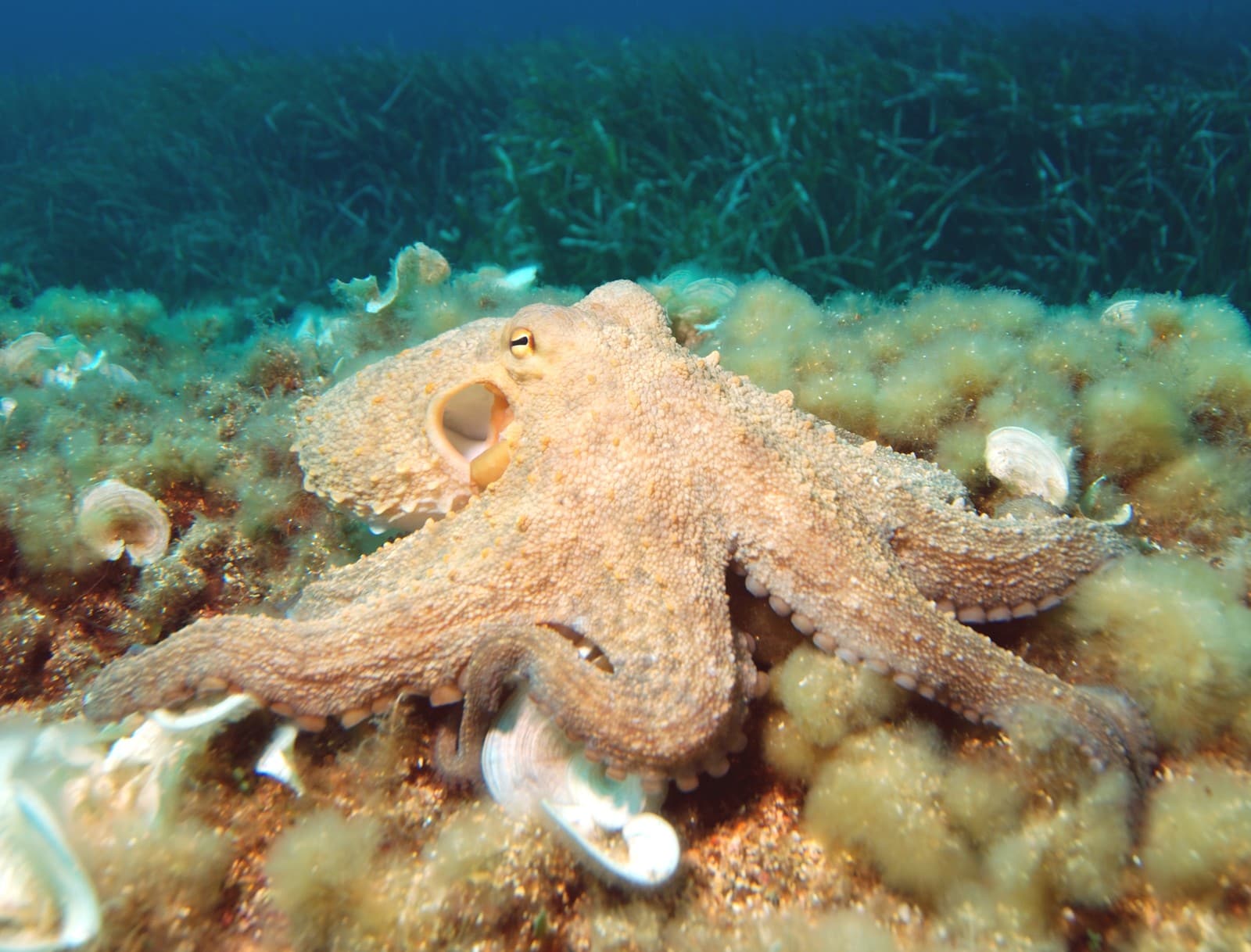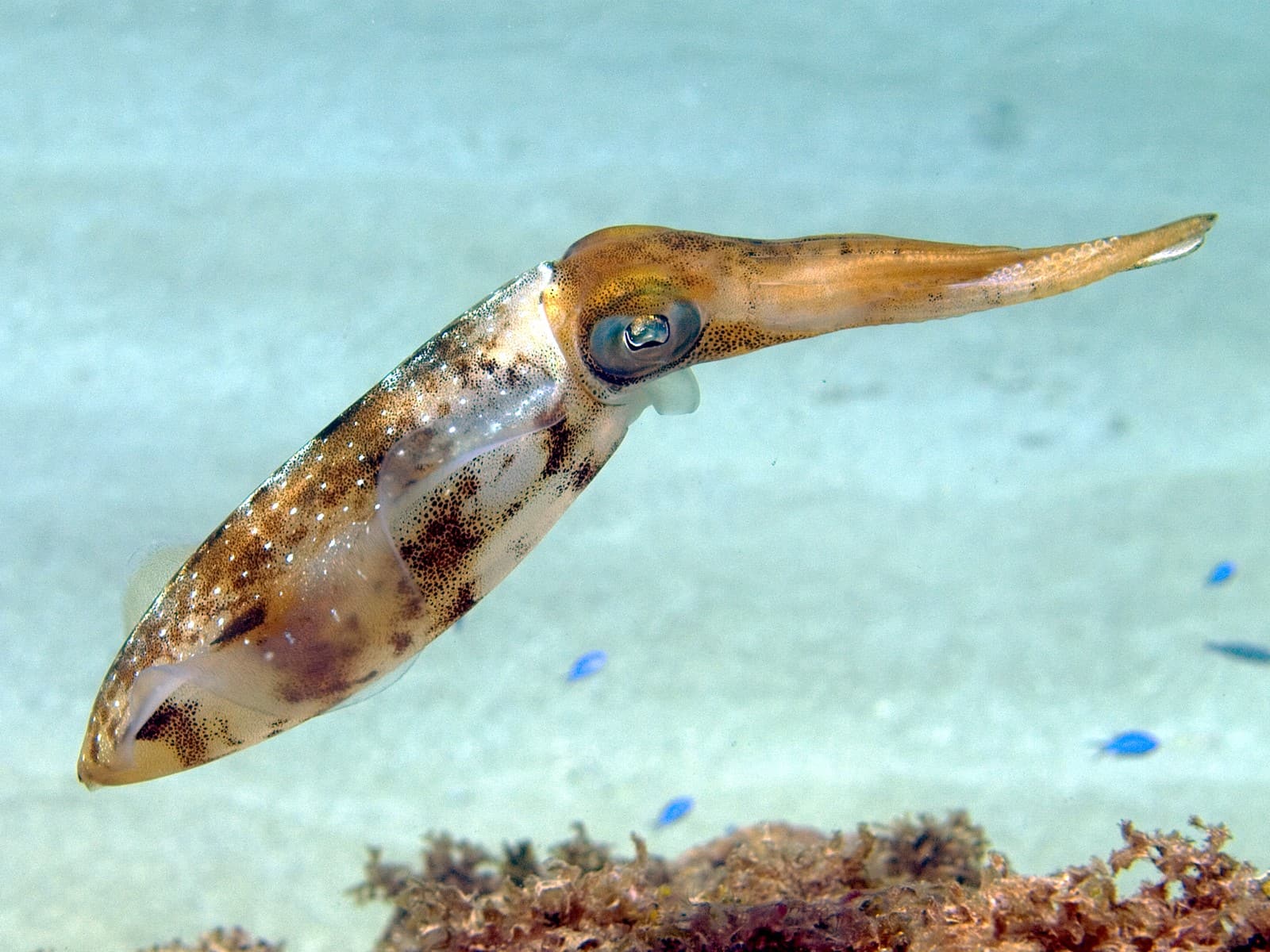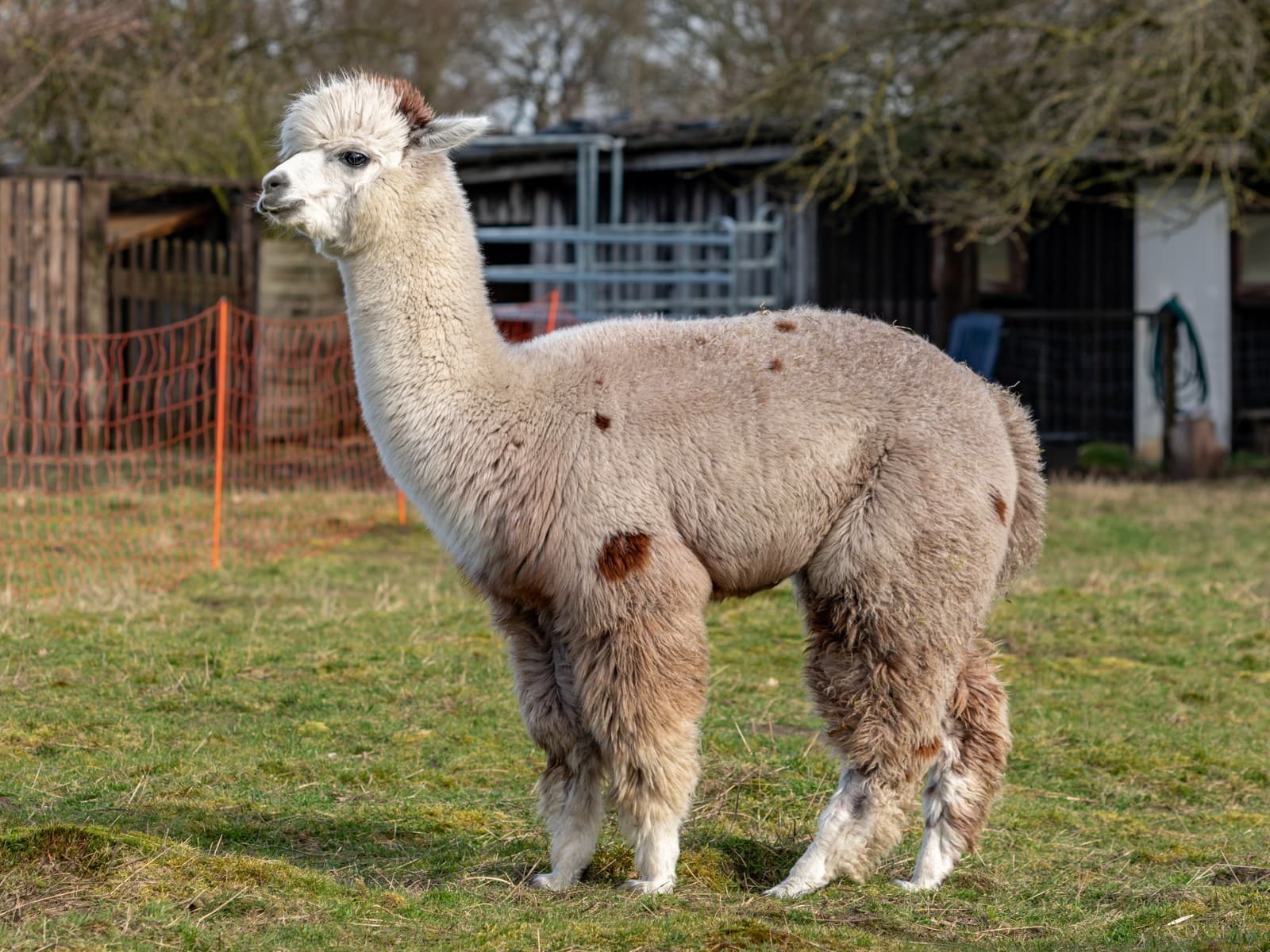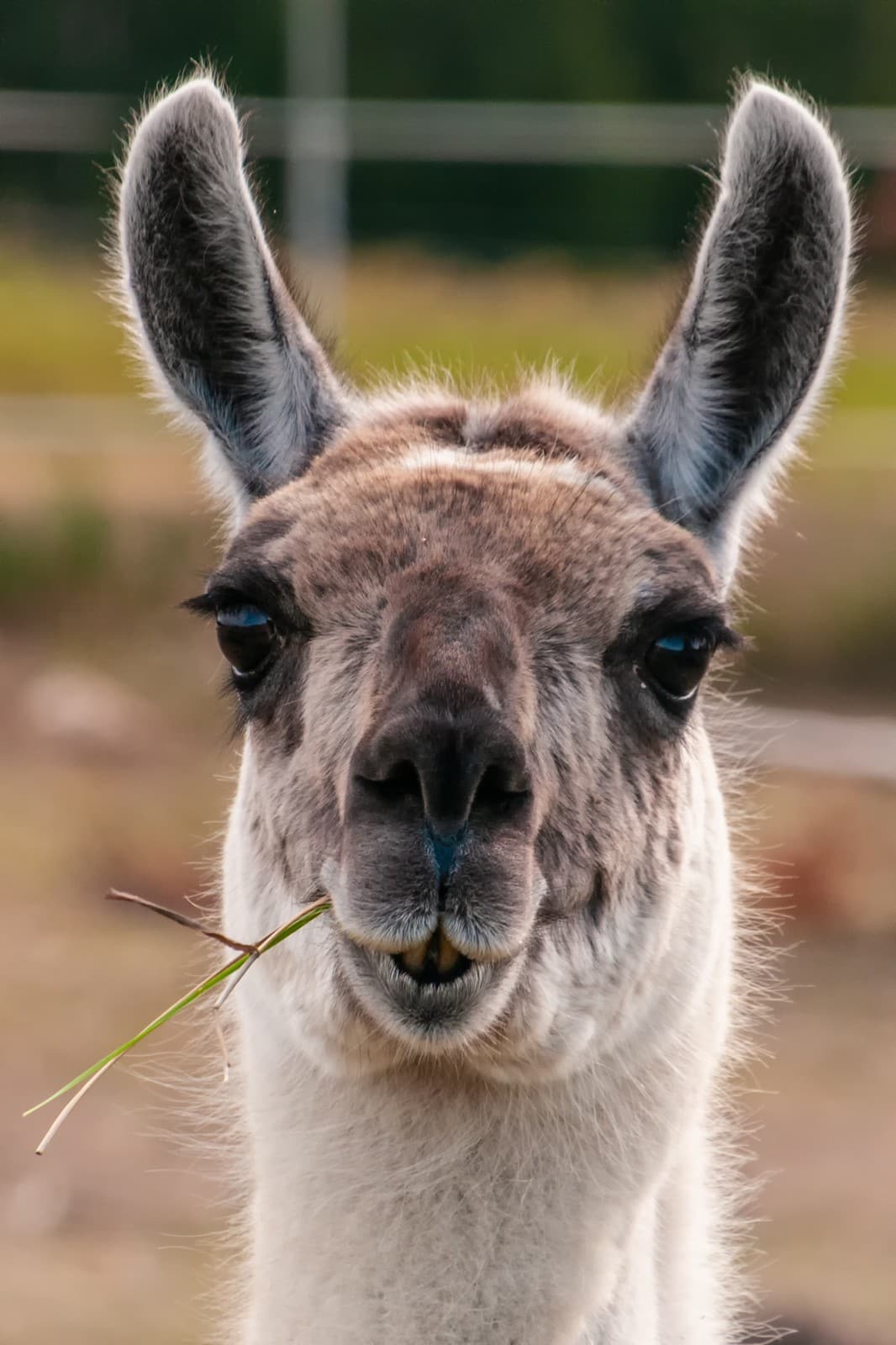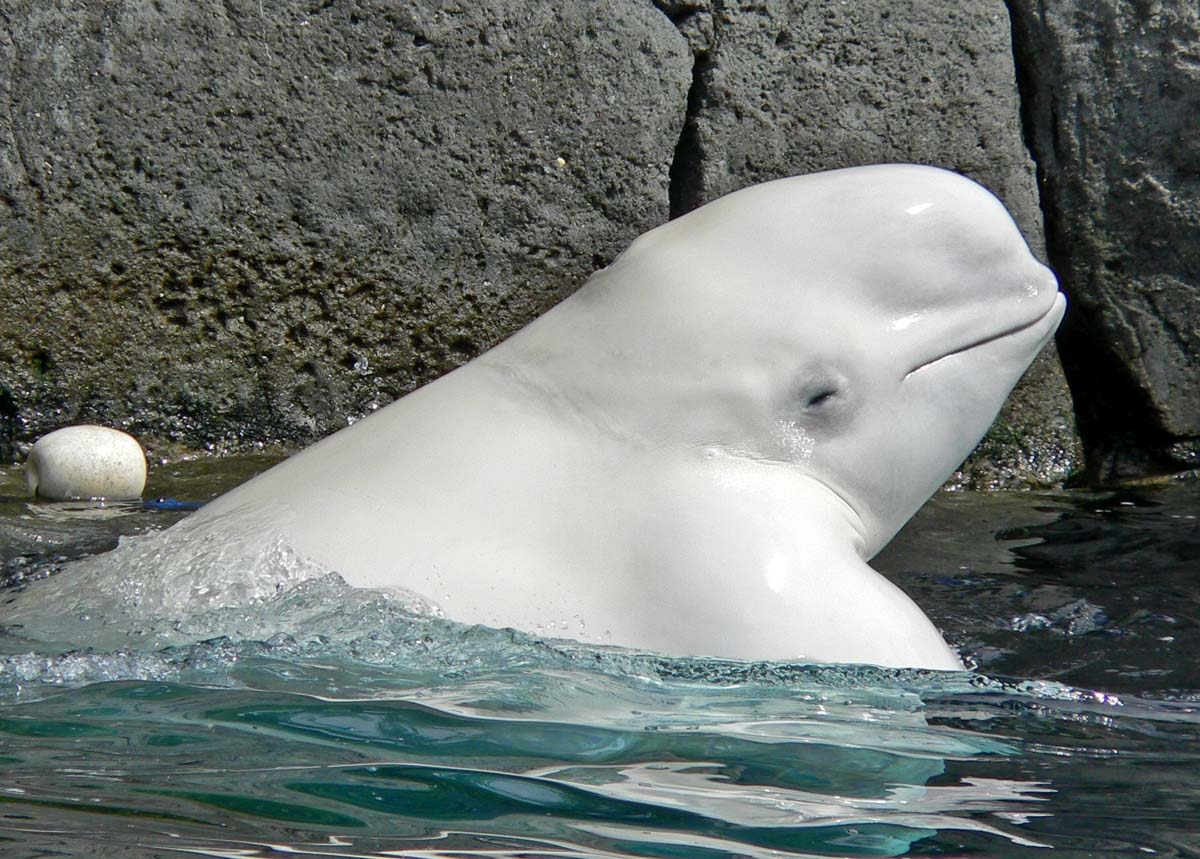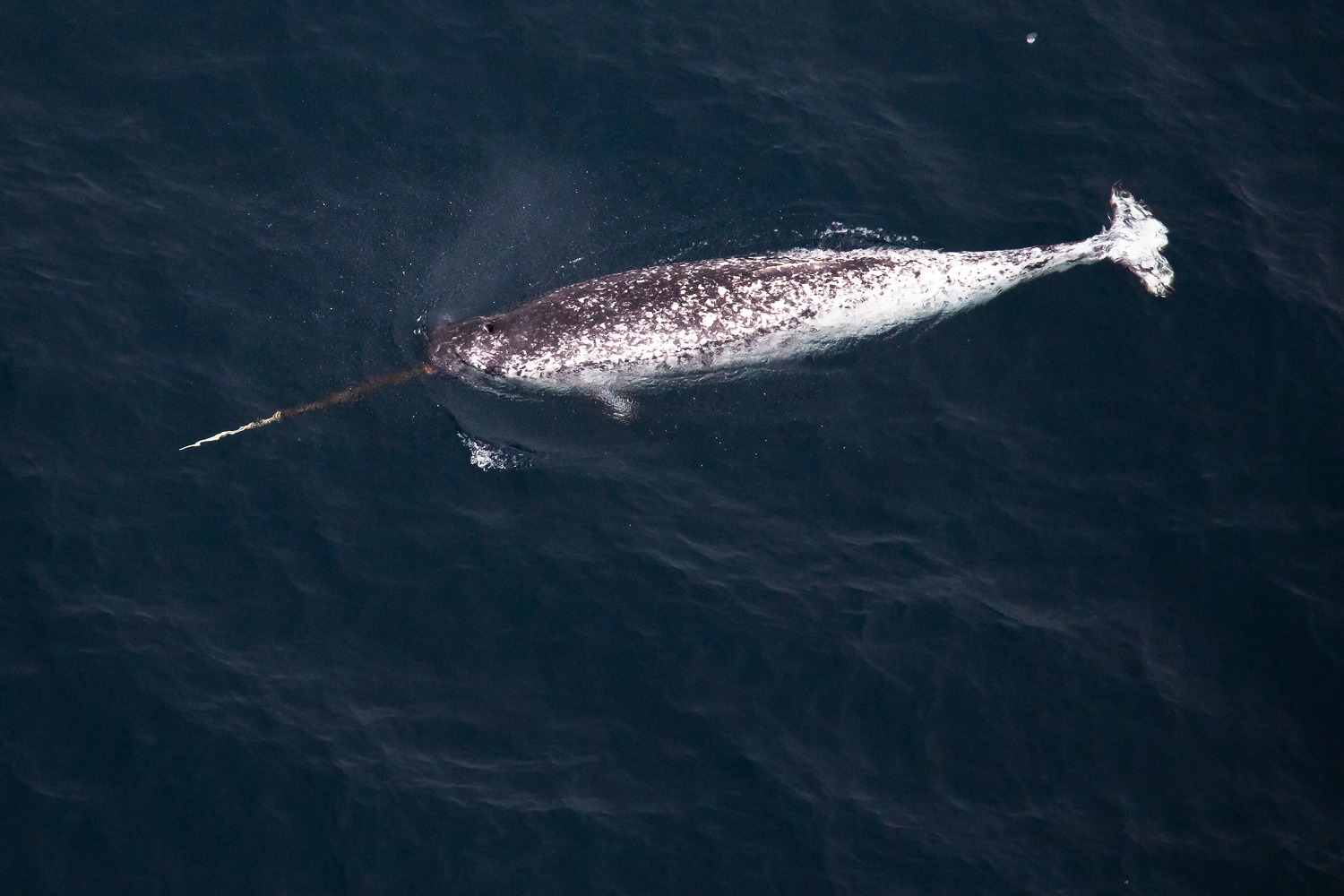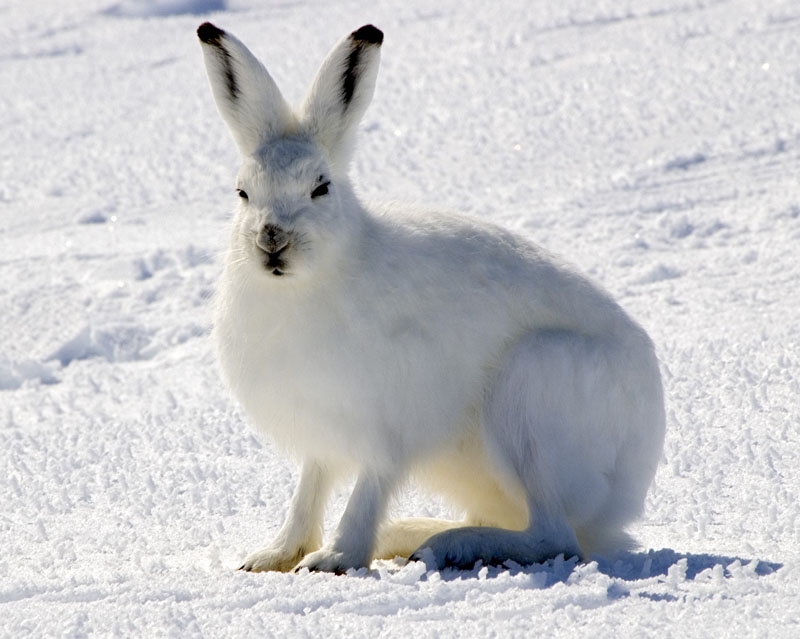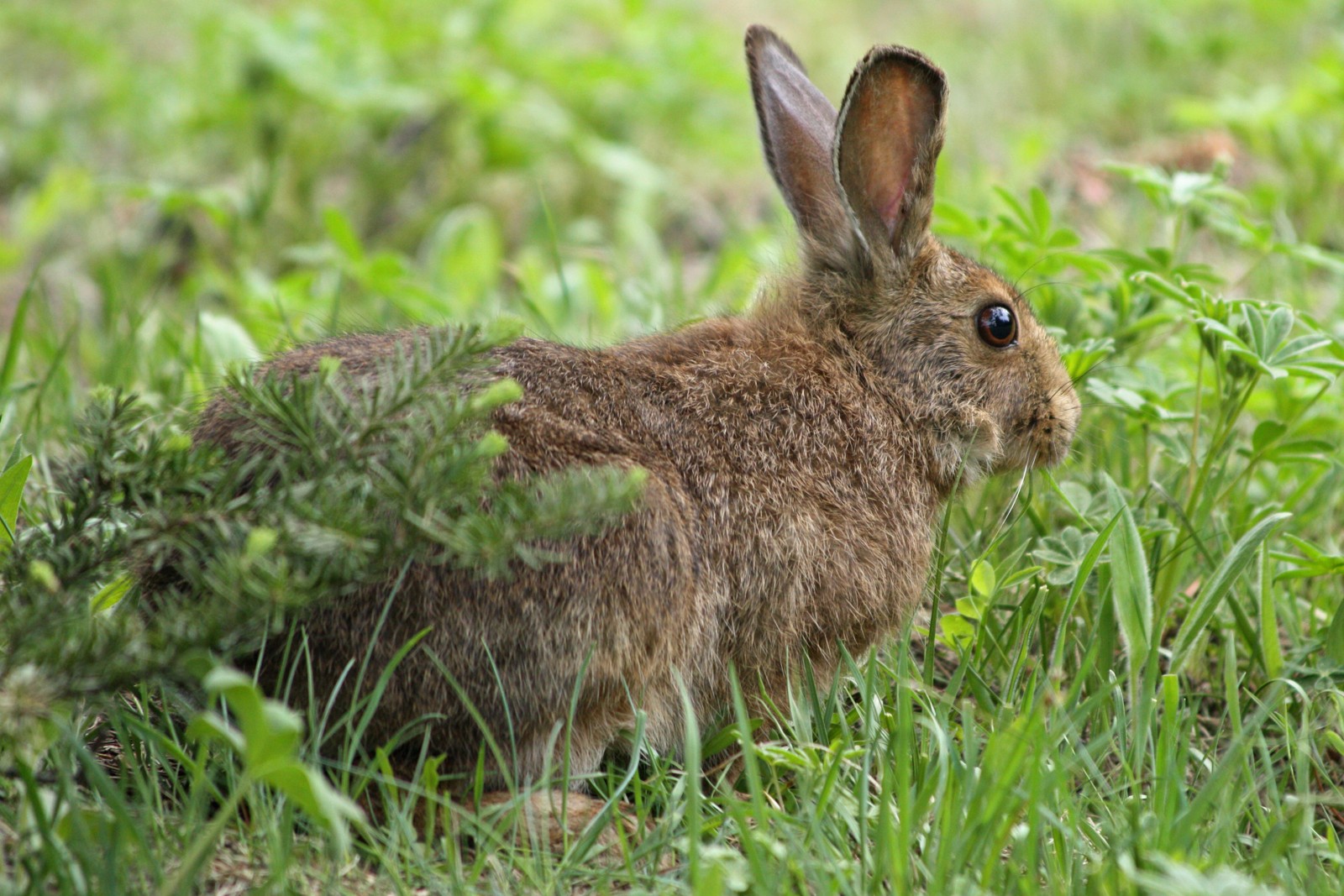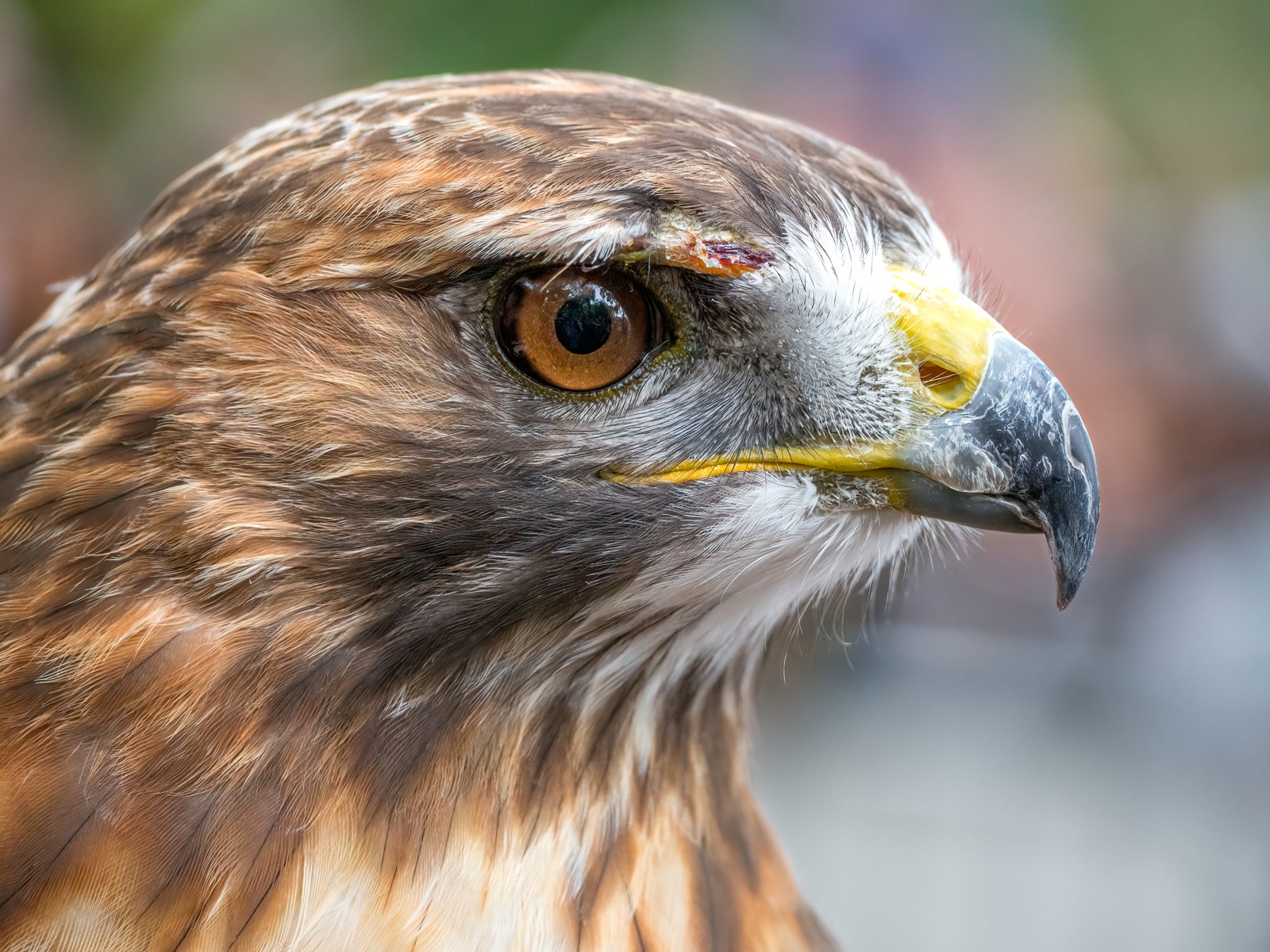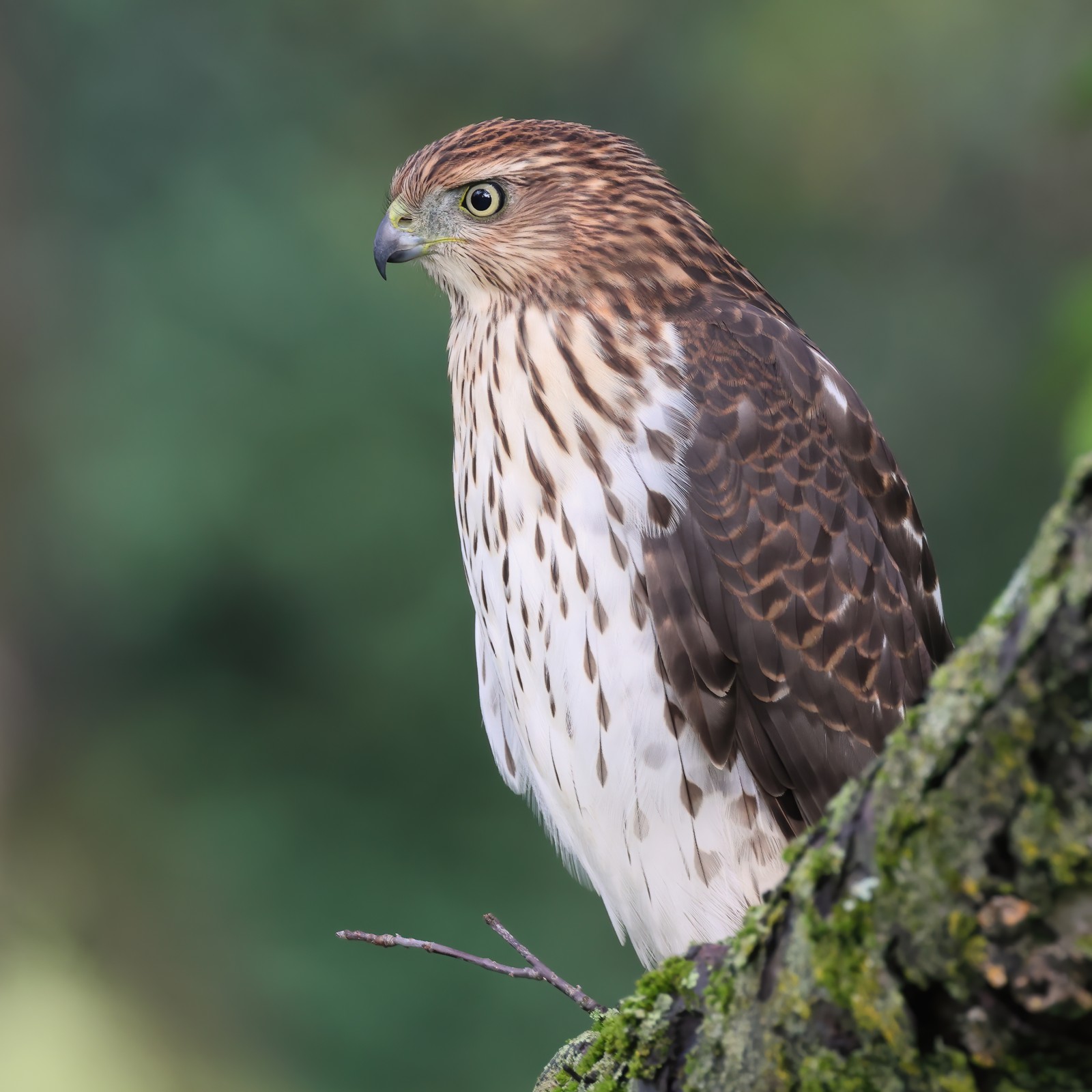Kookaburra vs Kingfisher: A Complete Comparison
While both belonging to the kingfisher family (Alcedinidae), the Kookaburra and Kingfisher exhibit remarkable differences in size, hunting behavior, and habitat preferences. The Laughing Kookaburra, measuring 15-17 inches (38-43 cm) in length, towers over most kingfisher species, which typically range from 4-8 inches (10-20 cm). This size disparity reflects their distinct evolutionary paths and hunting strategies.
These fascinating birds have adapted to different ecological niches, with kingfishers primarily hunting fish in aquatic environments, while kookaburras have evolved to become woodland hunters specializing in terrestrial prey. Their divergent hunting techniques and physical adaptations offer a compelling study in evolutionary specialization.
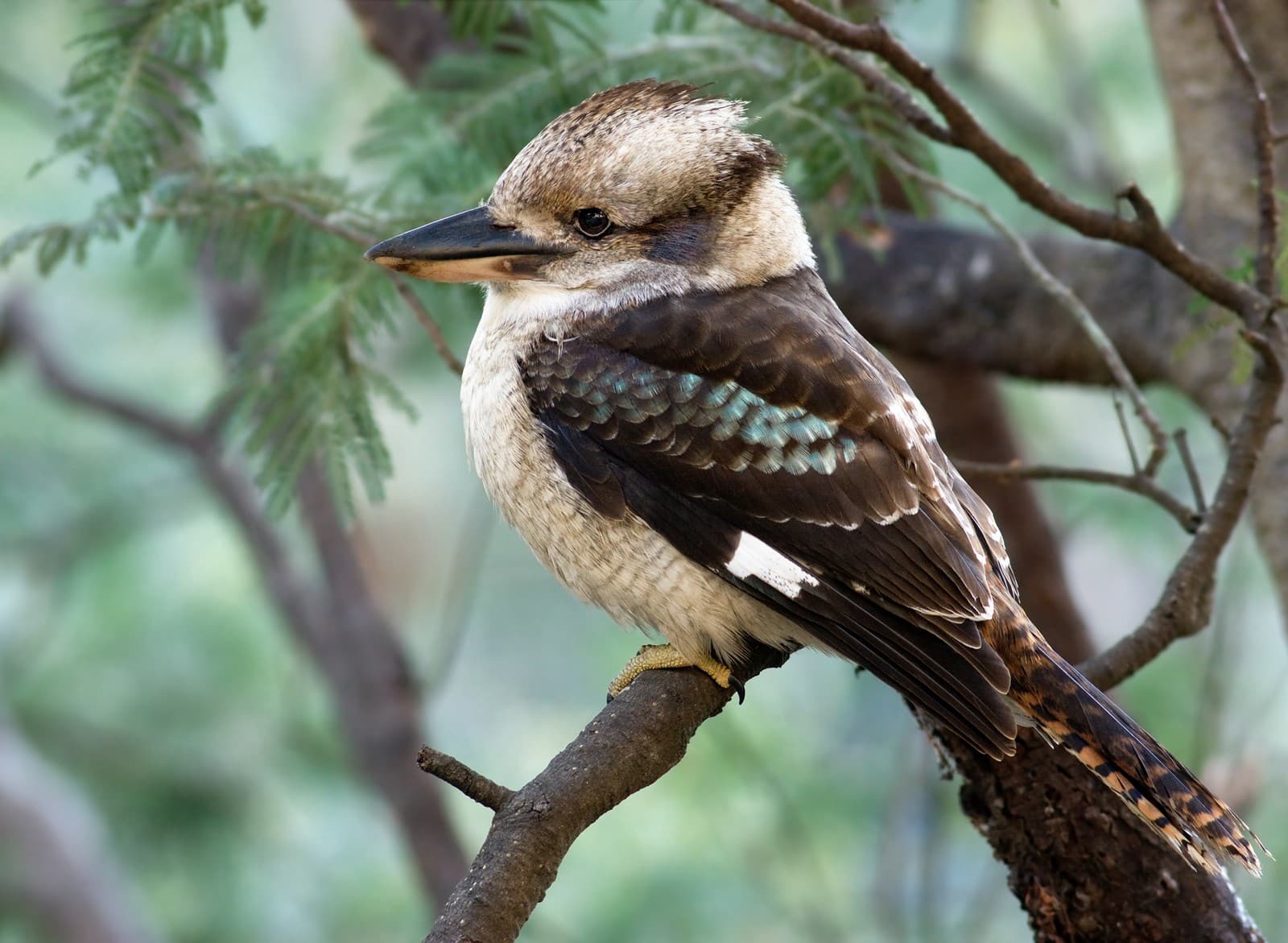
© JJ Harrison (https://www.jjharrison.com.au/) / CC BY-SA 3.0
The Laughing Kookaburra demonstrates the robust build and powerful beak characteristic of these woodland hunters. Note the sturdy body structure and distinctive brown and white plumage that provides excellent camouflage in their forest habitat.
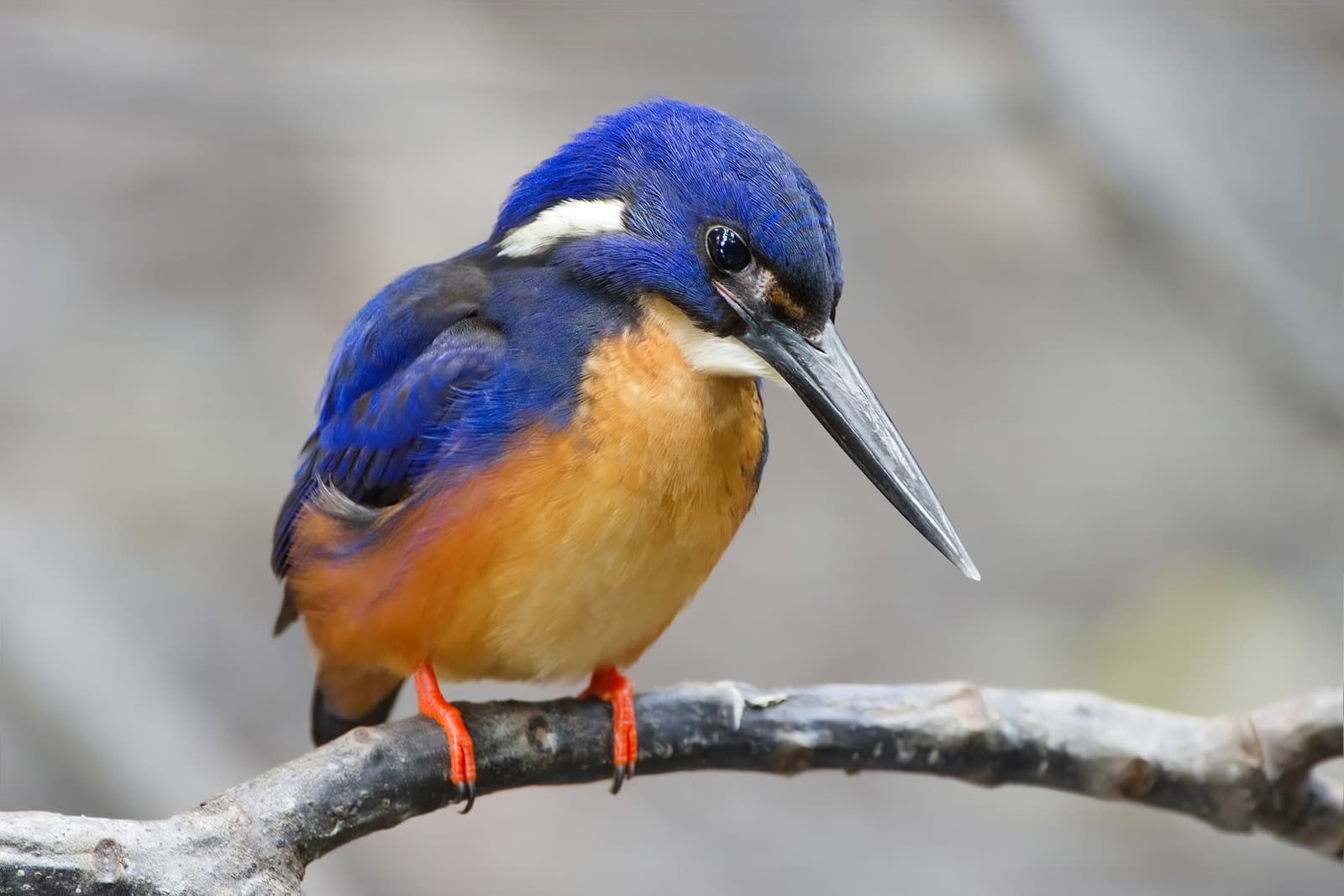
© JJ Harrison (https://www.jjharrison.com.au/) / CC BY 3.0
The Azure Kingfisher exemplifies the streamlined design and vibrant coloration typical of fishing kingfishers. Its smaller size and pointed bill are perfectly adapted for diving after aquatic prey.
Key Differences: Kookaburra vs Kingfisher
| Feature | Kookaburra | Kingfisher |
|---|---|---|
| Size | 15-17 inches (38-43 cm) | 4-8 inches (10-20 cm) |
| Weight | 10-16 oz (280-450 g) | 0.3-2 oz (9-57 g) |
| Primary Diet | Snakes, lizards, rodents | Fish, aquatic insects |
| Habitat | Woodland, forest edges | Rivers, lakes, coastal areas |
| Hunting Style | Perch-and-pounce, ground hunting | Diving, hover-hunting |
| Distribution | Australia, New Guinea | Worldwide (nearly 90 species) |
Hunting Techniques and Prey Selection
Kookaburras and kingfishers employ distinctly different hunting strategies shaped by their prey preferences. Kookaburras are terrestrial hunters, using their powerful beaks to catch and kill snakes, lizards, and small mammals. They typically hunt from elevated perches, swooping down to capture prey on the ground.
Kingfishers, conversely, are primarily pescatarians, demonstrating remarkable diving abilities. They can plunge into water at speeds up to 25 mph (40 km/h), adjusting for light refraction to catch fish with incredible precision. Their specialized bill shape allows them to grasp slippery prey effectively.
Habitat and Distribution
The geographic distribution of these birds reflects their evolutionary adaptations. Kookaburras are primarily found in Australia and New Guinea, thriving in open woodland environments and forest edges. They’ve successfully adapted to suburban areas, becoming iconic symbols of the Australian landscape.
Kingfishers show remarkable global distribution, with species found on every continent except Antarctica. They typically inhabit areas near water bodies, from tropical rivers to temperate coastlines, though some species have adapted to forest environments.
Social Behavior and Communication
One of the most striking differences between kookaburras and kingfishers lies in their social behavior. Kookaburras are highly social birds, living in family groups and famous for their distinctive “laughing” call, which serves to establish territory and strengthen family bonds. These dawn and dusk chorus sessions can be heard up to half a mile away.
Most kingfisher species, by contrast, tend to be solitary or occur in pairs, particularly during breeding season. Their vocalizations are typically sharp and brief, consisting of high-pitched pipes or chittering calls used primarily for territory defense and mate communication.
Conservation Status and Human Interaction
While both groups face challenges from habitat loss and environmental change, their conservation needs differ significantly. Kookaburras have generally adapted well to human presence, often benefiting from park and garden environments. However, some kingfisher species face serious threats, particularly those dependent on pristine waterways or specific forest habitats.
Climate change and water pollution pose particular challenges for fishing kingfishers, while kookaburras face pressures from urban development and changes in traditional woodland management practices. Understanding these differences is crucial for developing effective conservation strategies for both groups.
Who Would Win in a Confrontation?
While direct confrontations between kookaburras and kingfishers are rare in nature, the size difference alone would heavily favor the kookaburra in any potential encounter. Kookaburras are equipped with more powerful beaks and significantly greater body mass, often weighing up to eight times more than typical kingfisher species. However, such confrontations are unlikely as these birds occupy different ecological niches and rarely compete for the same resources.
Through this comparison of kookaburra vs kingfisher, we see how members of the same family can evolve to fill remarkably different ecological roles, each developing specialized adaptations that make them perfectly suited to their particular lifestyle and habitat preferences.
